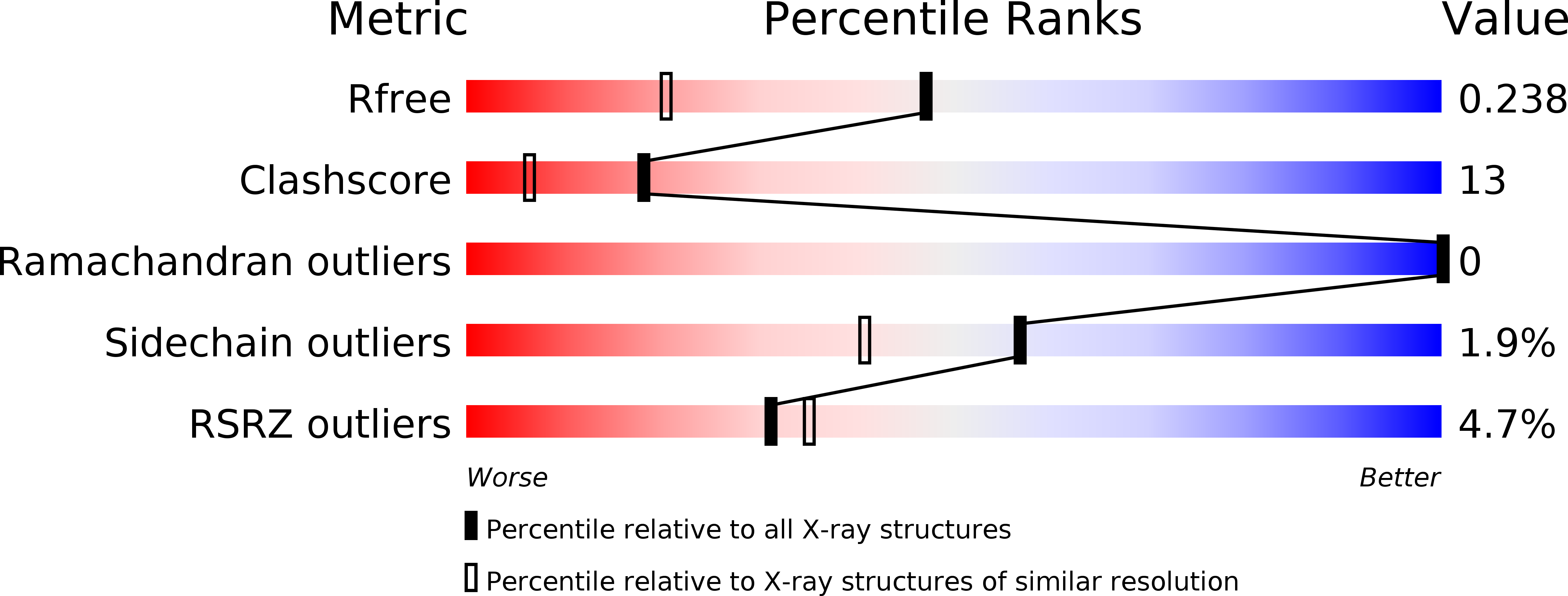
Deposition Date
2014-08-24
Release Date
2015-02-04
Last Version Date
2024-10-30
Entry Detail
PDB ID:
4R6C
Keywords:
Title:
X-ray diffraction in temporally and spatially resolved biomolecular science: the X-ray crystal structure of hen egg white lysozyme cocrystallized with Ta6Br12 and then a crystal soaked in K2PtBr6
Biological Source:
Source Organism:
Gallus gallus (Taxon ID: 9031)
Method Details:
Experimental Method:
Resolution:
1.70 Å
R-Value Free:
0.23
R-Value Work:
0.18
R-Value Observed:
0.18
Space Group:
P 43 21 2


